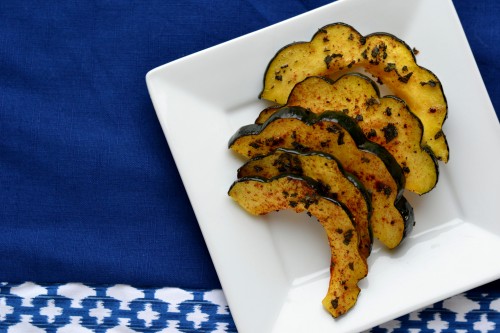
Here is what you’ll get in one cup (205 grams ) of each cooked squash: Nutrient Acorn Squash: The Nutrition Factsīoth varieties are dense sources of vitamins, minerals, fiber, and antioxidants that promote health, but there are some slight differences between the two. It’s best to stick to what the recipe calls for to achieve the desired result, but a substitute is unlikely to leave you scratching your head about what you’re eating.īoth butternut squash and acorn squash have a very long shelf life, so it is easy to keep a few on hand when needed. Generally speaking, the two squash can be substituted for each other if you’re in a pinch. Some may be unable to distinguish any subtle flavor differences. Butternut is quite smooth to the touch and is much easier to cut and peel than acorn squash.īutternut squash has a sweet, nutty flavor, where acorn squash may be a little sweeter and slightly less nutty. It has a light brown/beige color and unique shape, featuring a bulbous base and a long neck. Common varieties have a small showing of orange towards the top.īutternut squash, Cucurbita moschata, looks much different. As the name suggests, it has an acorn-like shape and is marked with prominent ridges running from base to tip. turbinate) is a small, dark-green squash. All of these plants, which are harvested in the fall and last through winter, represent species within the genus Cucurbita.Īcorn squash ( Cucurbita pepo var. Acorn Squash: The Main DifferencesĪcorn squash and butternut squash, along with pumpkin and more, are part of the winter squash family. acorn squash, what will you do? Are they worthy substitutes, or will picking one over the other send your diet-or even a tasty recipe-into a tailspin? Butternut Squash vs. But what are the differences between them? If you’re faced with the choice of butternut squash vs. These colorful, shapely fruits will decorate store shelves and dining tables in the months to come. And one of the season’s most popular crops, winter squash, is all set for gathering. doi:10.Fall is known for its bountiful harvest.

Quality and storability of trellised greenhouse-grown, winter-harvested, new sweet acorn squash hybrids. American Indian Health and Diet Project.Īdeeko A, Yudelevich F, Raphael G, et al. Foods indigenous to the western hemisphere: squash. Potassium: Fact sheet for health professionals. National Institutes of Health Office of Dietary Supplements. Medicinal bioactivities and allergenic properties of pumpkin seeds: review upon a pediatric food anaphylaxis case report. Food problems: is it an allergy or intolerance.Ĭhatain C, Pin I, Pralong P, Jacquier J, Leccia M. Synthetic or food-derived vitamin C-Are they equally bioavailable? Nutrients. The role of magnesium in hypertension and cardiovascular disease. Effects of sodium and potassium supplementation on blood pressure and arterial stiffness: a fully controlled dietary intervention study. Gijsbers L, Dower JI, Mensink M, Siebelink E, Bakker SJ, Geleijnse JM. The effect of lutein on eye and extra-eye health. Magnesium: Fact sheet for health professionals.īuscemi S, Corleo D, Di Pace F, Petroni M, Satriano A, Marchesini G. Dietary fiber, gut microbiota, and metabolic regulation-current status in human randomized trials. Myhrstad M, Tunsjo H, Charnock C, Telle-Hansen V. Contribution of macromolecular antioxidant polyphenols in an elderly Mediterranean population. In take of nutrient and non-nutrient dietary antioxidants. Squash, winter, butternut, cooked, baked, without salt. University of New Hampshire Department of Biological Sciences. Maximizing yield and eating quality in winter squash - a grower's paradox. Squash, winter, acorn, cooked, baked, without salt.


 0 kommentar(er)
0 kommentar(er)
